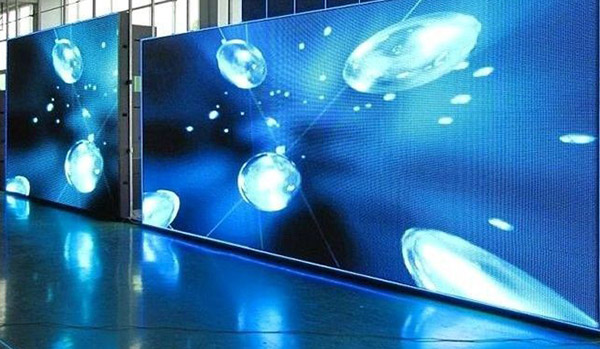Explaining Light Emitting Diode Wall Panel Brightness Evaluations aiming at Optimal Visual Functionality
Explaining Light Emitting Diode Wall Panel Brightness Evaluations aiming at Optimal Visual Functionality
Blog Article
Light Emitting Diode panel screens have become more and more favored across different environments, including residences and commercial spaces as well as communal areas. Such screens tend to be recognized due to the vivid as well as dynamic visuals, that render these suitable for conveying information, ads, and entertainment. However, understanding the brightness measurements of Light Emitting Diode panel panels remains essential to ensuring ideal display efficacy. Illumination can be quantified in units called candelas, that indicate how much light is emitted by a screen. A higher the number of nits, the brighter more luminous a visual will be. For instance, instance, one panel boasting one thousand nits stands considerably more vivid compared to a with 500 nits, rendering this one better equipped in brightly lit settings.
As you selecting a Light Emitting Diode panel panel, it is important to take into account which environment in which it will be used. In well-lit illumined spaces, like retail environments and open-air locations, a increased luminosity rate becomes essential for guaranteeing visibility. Conversely, within darker environments, such as theaters or conference rooms, a lower brightness level may suffice. This is because excessive brightness in a dim setting may result in viewer discomfort among the audience, causing them more difficult for concentrate with a screen. Thus, understanding the specific requirements of the installation location will help with choosing the right brightness level for ideal visual experience.
Another crucial element to consider is the contrast proportion in the LED panel screen. This ratio measurement measures the difference between the brightest white versus the darkest dark black which a screen is able to create. A greater contrast ratio means that it is capable of present greater clarity and depth, which improves general visual quality. For instance, one screen boasting an contrast proportion of ten thousand to one is able to show images featuring greater brilliant colors and sharper details than a featuring a proportion at one thousand to one. This is particularly crucial in instances where displaying images or videos which demand greater definition and detail, including slideshows and promotional content.
Moreover, the technology mechanism behind LED wall panels plays a crucial part for their brightness and total efficiency. Various types of Light Emitting Diode methods, including OLED and Liquid browse around this site Crystal Display, possess distinct characteristics which impact how brightness is experienced. Organic Light Emitting Diode screens typically offer superior differential as well as deeper blacks, thereby may enhance the visual experience in darker environments. Conversely, standard Light Emitting Diode screens may be better in bright environments because of the ability to generate greater levels of illumination. Comprehending these browse this site tech-related differences will help users to deciding on informed choices based on specific individual needs.
Finally, consistent care and adjustment for LED panel screens can assist preserve ideal illumination and efficacy over time. Dirt and dirt may accumulate on a screen, affecting its illumination and sharpness in the visual. Periodic cleaning as well as professional adjustment may guarantee that the screen functions at top optimal, providing uniform image quality. Moreover, some advanced Light Emitting Diode wall screens come with integrated features that enable users for modify brightness settings as well as color settings based on their wants. Through taking these measures, users can ensure that LED LED wall panels deliver an best visual efficiency, no matter the setting in which these are used.